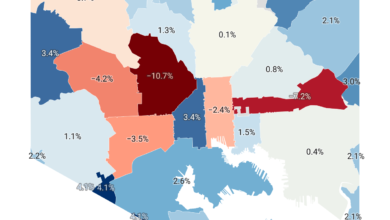House Buyers Now Require an 86% Income Increase to Afford Rising Home Prices

Since January 2020, incomes have increased at a much slower pace than the cost of purchasing a median-priced home in the U.S.
In recent years, housing affordability has declined at an unprecedented rate. For a clearer picture of the current affordability squeeze, consider the recent analysis by the Federal Reserve Bank of Atlanta.
Between January 2020 and August 2024, the U.S. median household income rose from $65,925 to $85,255. However, during the same period, the “qualified income” required to afford a median-priced home in the U.S. increased from $64,257 to $119,870.
Since January 2020, U.S. median household income has grown by 29.3%. However, the income needed to afford a median-priced home has increased by a staggering 86.6% due to rising costs.
During the pandemic-era housing boom, demand for homes skyrocketed, driven by low interest rates, government stimulus, and the shift to remote work. Researchers from the Federal Reserve estimate that home construction would have needed to expand by nearly 300% to keep up with this surge in demand.
Unlike demand, housing supply is less flexible and can’t increase as rapidly. This imbalance drained available inventory and pushed home prices to new highs. By July 2024, U.S. home prices had risen by an impressive 53.4% from January 2020 levels.
The rapid increase in home prices, combined with the sudden surge in mortgage rates—from an average 3.0% to over 6.5%—has led to the fastest decline in housing affordability on record.





